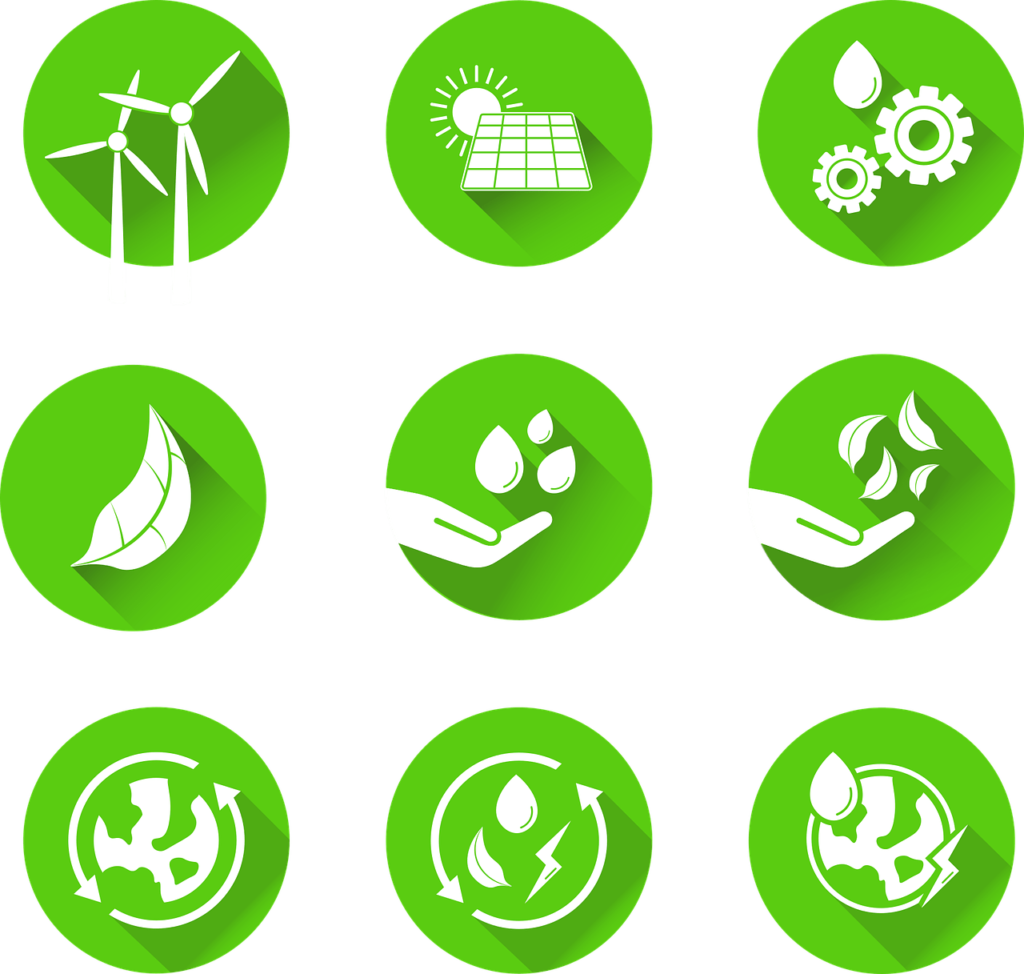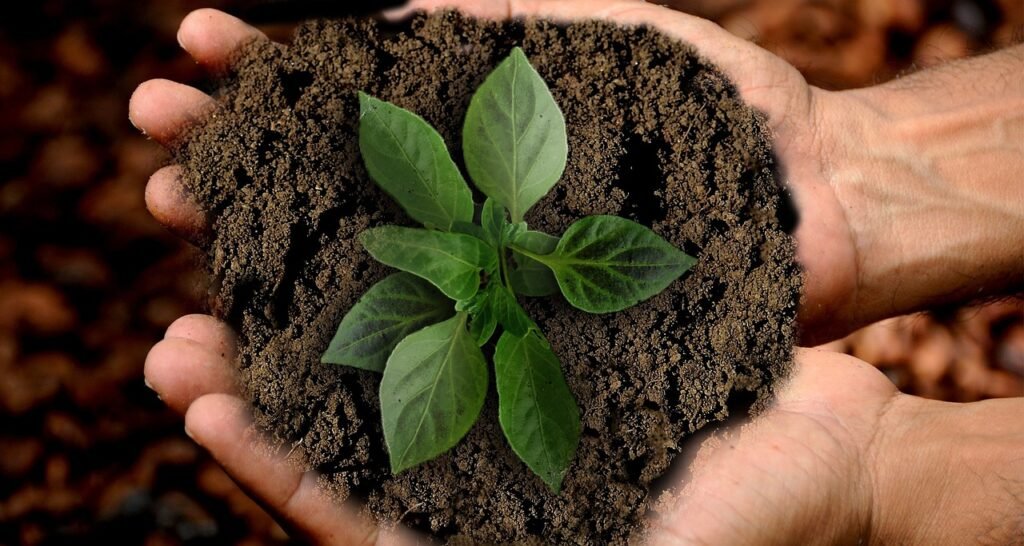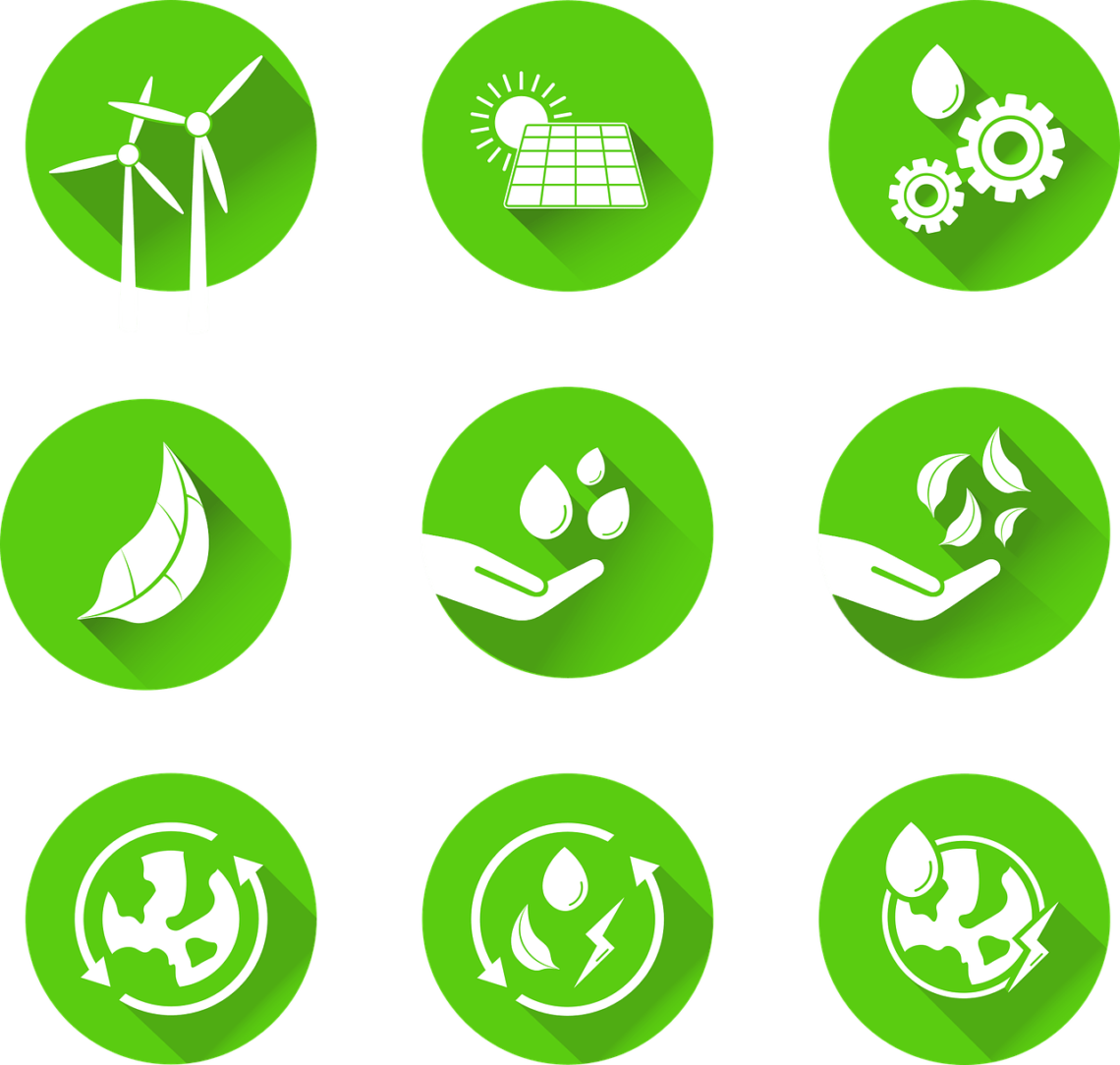Imagine a world where every time you drive your car, you are not only reducing your carbon footprint but also contributing to the preservation of our planet. This is the vision behind the importance of sustainable rubber usage in tires. By incorporating sustainable rubber materials into tire production, we are not only prolonging the lifespan of tires but also actively reducing the environmental impact of the automotive industry. In this article, we will explore the significance of sustainable rubber usage in tires and its positive implications for a greener future.
The Environmental Impact of Traditional Rubber Production
Deforestation and Biodiversity Loss
Traditional rubber production often involves the clearing of large areas of land, leading to deforestation and the loss of crucial biodiversity. The demand for rubber has resulted in significant forest destruction in regions such as Southeast Asia, leading to habitat loss for countless species and disruption of the ecological balance. This loss of habitat poses a serious threat to endangered animals and plants.
Greenhouse Gas Emissions
Another significant environmental impact of traditional rubber production is the release of greenhouse gas emissions, primarily carbon dioxide. Deforestation, land-use change, and the burning of forests to clear land for rubber plantations contribute to the accumulation of carbon dioxide in the atmosphere, further exacerbating climate change. Additionally, the energy-intensive processes involved in rubber processing also contribute to greenhouse gas emissions.
Pollution and Water Contamination
Traditional rubber production involves the use of various chemicals and pesticides, which can be detrimental to both the environment and human health. These chemicals can leach into nearby water sources, contaminating the water supply and posing risks to aquatic life and local communities. Additionally, the disposal of waste from rubber processing contributes to pollution and further environmental degradation.
Benefits of Sustainable Rubber Usage
Conservation of Natural Resources
Sustainable rubber farming practices prioritize the conservation of natural resources, reducing the negative impact on ecosystems. By implementing measures such as better land-use planning and sustainable harvesting techniques, sustainable rubber production aims to minimize resource consumption and promote ecological balance.
Reduced Carbon Footprint
One of the key benefits of sustainable rubber usage is the reduction in carbon emissions. Sustainable rubber farming practices, such as agroforestry systems that integrate rubber trees with other crops, help sequester carbon dioxide from the atmosphere. Moreover, sustainable rubber processing techniques that prioritize energy efficiency and the use of renewable energy sources further contribute to a reduced carbon footprint.
Preservation of Biodiversity
Sustainable rubber farming practices play a significant role in preserving biodiversity. By promoting a diverse landscape through agroforestry systems, sustainable rubber production supports the growth of various plant and animal species. This approach helps maintain ecosystem resilience, protects endangered species, and contributes to the overall health and biodiversity of the surrounding environment.

This image is property of pixabay.com.
Sustainable Rubber Farming Practices
Agroforestry Systems
Agroforestry systems, which combine rubber cultivation with other crops or trees, offer numerous benefits for sustainable rubber production. These systems help improve soil fertility, enhance biodiversity, and promote more efficient land use. By diversifying the landscape and integrating different plants, agroforestry systems contribute to both ecological and economic sustainability.
Natural Rubber Certification
Certification schemes for natural rubber, such as the Forest Stewardship Council (FSC), provide assurance that rubber is produced sustainably. These certifications ensure that rubber farming adheres to strict environmental, social, and economic standards. By choosing products that bear the certification label, consumers can support sustainable rubber production and encourage responsible practices throughout the supply chain.
Efficient Water Management
Implementing efficient water management practices is crucial for sustainable rubber farming. This includes methods such as rainwater harvesting, drip irrigation, and water recycling. By reducing water consumption and improving water efficiency, sustainable rubber farming helps conserve this precious resource and minimizes the environmental impact of rubber production.
Soil Conservation Techniques
To maintain soil health and mitigate erosion, sustainable rubber farming employs various soil conservation techniques. Practices such as contour plowing, terracing, cover cropping, and the use of organic fertilizers help prevent soil erosion, retain moisture, and promote the overall health and productivity of the land. These techniques contribute to the long-term sustainability of rubber farming and reduce the need for harmful synthetic fertilizers and pesticides.
Role of Industry and Manufacturers
Increasing Demand for Sustainable Rubber
The tire industry and rubber manufacturers play a vital role in driving the demand for sustainable rubber. By actively seeking out sustainable sources of rubber and integrating sustainable practices into their operations, these industry players can help create a market for environmentally friendly products. By demonstrating a commitment to sustainability, manufacturers can encourage a shift towards more conscientious and responsible rubber production.
Collaboration with Farmers and Producers
Collaboration between industry and rubber farmers/producers is essential for driving sustainable rubber usage. By partnering with farmers and supporting them in adopting sustainable practices, manufacturers can ensure a steady supply of sustainable rubber. This collaboration also facilitates knowledge sharing, training, and capacity building, enabling farmers to improve their practices and minimize their environmental impact.
Investment in Research and Development
Investing in research and development is crucial for advancing sustainable rubber production techniques. By funding research into innovative methods, improving processing technologies, and finding alternative rubber sources, industry and manufacturers can contribute to the development of more sustainable and environmentally friendly practices. Such investments are key to driving progress and pushing the boundaries of sustainable rubber production.
Supply Chain Traceability
Establishing supply chain traceability is a critical step towards promoting sustainable rubber usage. By mapping and monitoring the entire supply chain, from rubber producers to manufacturers, industry players can identify and address any unsustainable practices. Transparent supply chains enable companies to make informed decisions, encourage accountability, and establish partnerships with suppliers who adhere to sustainable practices.

This image is property of pixabay.com.
The Importance of Tire Recycling
Reducing Waste and Landfill
Tire recycling plays a crucial role in reducing waste and preventing tires from ending up in landfills. Used tires take up valuable landfill space and can create environmental and health hazards if not properly managed. By recycling tires, valuable resources can be recovered, minimizing waste, and avoiding the negative environmental impacts associated with the disposal of used tires.
Energy and Resource Conservation
Tire recycling helps conserve energy and valuable resources. The process of recycling tires allows for the recovery of materials such as rubber, steel, and textile fibers, which can be reused in various industries. By recycling these materials, the need for virgin resources is reduced, leading to energy savings and a more sustainable use of raw materials.
Promoting Circular Economy
Tire recycling promotes the principles of a circular economy by closing the materials loop. Instead of discarding tires after their primary use, recycling allows for the transformation of waste into new products or materials. This approach reduces the reliance on finite resources, minimizes environmental impact, and promotes a more sustainable and circular economic model.
Regulations and Standards for Sustainable Rubber Usage
National and International Policies
Regulations and policies at both the national and international levels play a critical role in promoting sustainable rubber usage. Governments can implement laws and regulations to enforce responsible rubber farming practices, allocate protected areas for biodiversity conservation, and encourage the adoption of sustainable techniques. International agreements and frameworks, such as the UN Sustainable Development Goals, provide a global framework for addressing sustainability issues in the rubber industry.
Certifications and Labels
Certifications and labels are essential tools for consumers to identify and support sustainable rubber products. Certification schemes, such as the Rainforest Alliance Certified and Fairtrade, verify that rubber has been produced in an environmentally and socially responsible manner. These certifications provide transparency and assurance, empowering consumers to make informed decisions and support sustainable practices.
Transparency and Reporting
Transparency and reporting mechanisms are crucial in ensuring accountability and driving continuous improvement in the rubber industry. Companies should disclose their environmental and social performance, including their sourcing practices, waste management, and pollution prevention measures. This transparency enables stakeholders, including consumers, to assess the sustainability credentials of companies and holds them accountable for their actions.

This image is property of pixabay.com.
Consumer Awareness and Responsible Decision-Making
Educating Consumers about Sustainable Rubber
Raising consumer awareness about sustainable rubber and its environmental impact is essential for driving change. Providing information about the negative impacts of traditional rubber production and highlighting the benefits of sustainable alternatives can empower consumers to make informed choices. Campaigns, educational initiatives, and labeling systems can help educate the public and shift consumer preferences towards sustainable rubber products.
Choosing Tire Brands with Sustainable Practices
When purchasing tires, consumers can make a significant impact by choosing brands that prioritize sustainable practices. By supporting tire brands that demonstrate a commitment to ethical sourcing, responsible manufacturing, and recycling initiatives, consumers can encourage the industry to adopt more sustainable practices. Researching and selecting tire brands that align with one’s values can contribute to a more sustainable rubber industry.
Considering Second-Hand and Retreaded Tires
Considering second-hand tires or retreaded options is another way consumers can promote sustainability in the rubber industry. Second-hand tires can still be safe and functional, providing a cost-effective and environmentally friendly alternative to purchasing new tires. Retreaded tires, made by replacing the worn tread of a tire, offer a way to extend the life of existing tires, reducing the demand for new rubber production.
Collaboration for a Sustainable Rubber Industry
Government-Industry Partnerships
Collaboration between governments and the rubber industry is crucial for advancing sustainable practices. Governments can create a favorable policy environment, provide incentives, and invest in research and development. In turn, the industry can share expertise, contribute to policy-making processes, and commit to implementing sustainable practices. Strong partnerships allow for effective coordination and the development of a sustainable rubber industry.
Non-Profit Organizations and Initiatives
Non-profit organizations play a vital role in promoting sustainable rubber usage through advocacy, research, and on-the-ground initiatives. Organizations such as the Global Platform for Sustainable Natural Rubber (GPSNR) bring various stakeholders together to establish standards and promote responsible practices. Their work helps drive change, raise awareness, and support the industry in its transition to a more sustainable future.
Research Institutions and Innovation
Research institutions and innovation are critical for the advancement of sustainable rubber production. By conducting research on alternative rubber sources, developing new processing technologies, and improving farming techniques, these institutions contribute to the industry’s evolution. Collaboration between research institutions and industry players fosters innovation, accelerates progress, and enables the adoption of more sustainable practices throughout the rubber supply chain.
Challenges and Obstacles to Implementing Sustainable Rubber Usage
Limited Supply and Scale
One of the main challenges in implementing sustainable rubber usage is the limited supply of sustainable rubber. Achieving widespread adoption of sustainable practices requires significant investments in infrastructure, training, and capacity building. Scaling up sustainable rubber production to meet global demand while ensuring social and environmental safeguards remains a complex and ongoing challenge.
Cost and Economic Viability
The economic viability of sustainable rubber production can be a barrier to widespread adoption. Sustainable practices often require additional investments, such as transitioning to agroforestry systems, implementing certification schemes, and improving water management. The higher upfront costs may deter some farmers and manufacturers from making the transition. However, as sustainability becomes a priority for consumers and regulations tighten, the long-term benefits of sustainable rubber may outweigh the initial costs.
Lack of Awareness and Education
The lack of awareness and education about sustainable rubber production is another obstacle in driving its usage. Many stakeholders, including consumers, may not be familiar with the environmental and social impacts of traditional rubber production or the benefits of sustainable alternatives. Raising awareness through education initiatives, information campaigns, and industry-wide collaboration is crucial for overcoming this obstacle and driving positive change.
The Future of Sustainable Rubber Usage
Technological Advancements
Technological advancements will play a crucial role in the future of sustainable rubber usage. Research and development efforts focused on alternative rubber sources, innovative farming techniques, and environmentally friendly processing methods are expected to accelerate in the coming years. These advancements will contribute to a more sustainable and resilient rubber industry.
Scaling up Sustainable Practices
Scaling up sustainable practices across the entire rubber industry is essential for creating a more sustainable future. This involves widespread adoption of agroforestry systems, certification schemes, and responsible waste management practices. With the collective efforts of industry players, governments, and consumers, sustainable rubber usage can become the standard rather than the exception.
Global Collaboration and Awareness
Global collaboration and awareness are key drivers for the future of sustainable rubber usage. Stakeholders across the supply chain, including governments, industry players, non-profit organizations, and consumers, must work together to address the environmental and social challenges associated with rubber production. By fostering collaboration, sharing best practices, and raising awareness, a global movement for sustainable rubber can be realized.





